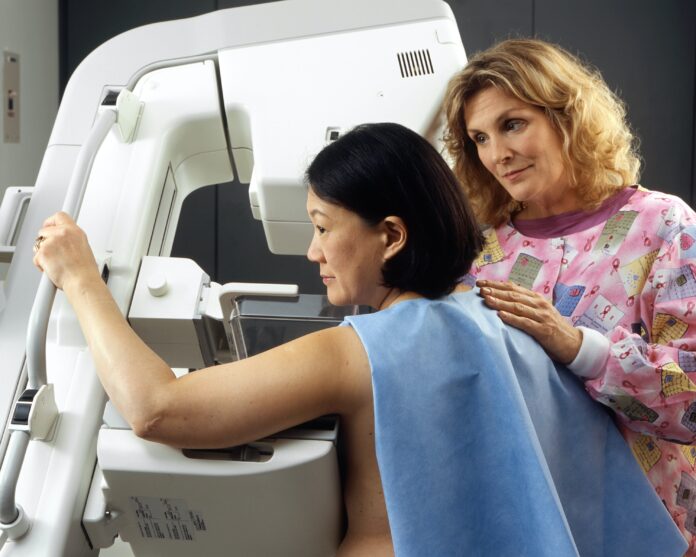Biopsy is a vital diagnostic procedure that plays a crucial role in the identification and characterization of various diseases and conditions. It involves the removal and examination of tissue samples from the body for microscopic analysis. The term “biopsy” is derived from the Greek words “bios” (life) and “opsis” (a sight or view), emphasizing its role in providing a visual insight into the living tissues of the body. Biopsy is used in several medical disciplines, including pathology, oncology, radiology, and dermatology, to aid in accurate diagnosis, staging, and treatment planning.
Biopsy can be performed on different parts of the body, depending on the suspected pathology and the organ or tissue involved. It allows healthcare professionals to obtain tissue samples for histological, cytological, or molecular examination, enabling them to assess the presence, nature, and extent of various diseases, such as cancer, infections, autoimmune disorders, and inflammatory conditions. Biopsy procedures are often conducted by specialists, such as pathologists, radiologists, surgeons, or dermatologists, depending on the specific area being sampled.
There are several different types of biopsies, each with its own unique purpose, technique, and indications. Some commonly performed biopsies include:
1. Needle Biopsy:
Needle biopsy is a minimally invasive procedure that involves the extraction of tissue samples using a needle-like instrument. It can be further classified into various subtypes, such as fine-needle aspiration biopsy (FNAB), core needle biopsy (CNB), and vacuum-assisted biopsy (VAB). These techniques are frequently utilized for sampling lesions in organs like the breast, lung, liver, prostate, and thyroid.
2. Surgical Biopsy:
Surgical biopsy involves the removal of a tissue sample through a surgical procedure. This type of biopsy is usually performed when a larger tissue sample is required or when a lesion is deep-seated or difficult to access. Examples of surgical biopsies include incisional biopsy, excisional biopsy, and endoscopic biopsy.
3. Endoscopic Biopsy:
Endoscopic biopsy refers to the collection of tissue samples during an endoscopic examination. An endoscope, which is a flexible tube with a camera and light source, is inserted into the body through natural orifices or small incisions. Tissue samples can be obtained using specialized tools passed through the endoscope. This type of biopsy is commonly employed in the gastrointestinal tract, respiratory system, and genitourinary system.
4. Bone Marrow Biopsy:
Bone marrow biopsy involves the extraction of a small amount of bone marrow tissue, usually from the hipbone, for evaluation. It is performed to assess blood disorders, such as leukemia, lymphoma, or to investigate unexplained anemia or abnormal blood cell counts.
5. Skin Biopsy:
Skin biopsy is performed to obtain a sample of skin tissue for examination. It aids in the diagnosis of various skin conditions, including dermatitis, psoriasis, skin cancer, and infections. Skin biopsies can be performed using different techniques, such as punch biopsy, shave biopsy, or excisional biopsy.
6. Image-Guided Biopsy:
Image-guided biopsy involves the use of imaging techniques, such as ultrasound, computed tomography (CT), or magnetic resonance imaging (MRI), to guide the biopsy procedure. These techniques allow for precise targeting of the suspicious area, ensuring accurate sample collection while minimizing the risk of complications.
The biopsy procedure typically begins with a thorough evaluation of the patient’s medical history, physical examination, and relevant diagnostic imaging studies. The healthcare professional performing the biopsy will explain the procedure, its risks, benefits, and potential complications to the patient, addressing any concerns or questions they may have.
Depending on the type of biopsy being performed, the patient may be given local anesthesia, sedation, or general anesthesia to ensure comfort during the procedure. Once the area of interest is identified, the healthcare provider will use a specialized instrument to collect the tissue sample. The tissue may be examined immediately under a microscope or sent to a laboratory for further analysis.
After the biopsy, the patient may experience some discomfort, swelling, or bruising at the site of the biopsy. The healthcare provider will provide instructions on post-biopsy care, such as avoiding strenuous activities or taking pain medication as needed. The patient should also monitor the biopsy site for signs of infection, such as redness, swelling, or drainage.
Conclusion:
Biopsy is a valuable diagnostic tool that allows healthcare professionals to obtain tissue samples for microscopic examination. It aids in the diagnosis, staging, and treatment planning of various diseases and conditions, such as cancer, infections, autoimmune disorders, and inflammatory conditions. There are several types of biopsies, each with its own unique purpose, technique, and indications. Biopsy procedures are generally safe, but may be associated with certain risks and complications, such as bleeding, infection, pain, and damage to surrounding tissues. Patients should discuss the benefits, risks, and potential complications of biopsy with their healthcare provider before undergoing the procedure.


















